Home | Carbon offsets | Reforestation on Degraded Land, Uruguay

Reforestation on Degraded Land, Uruguay
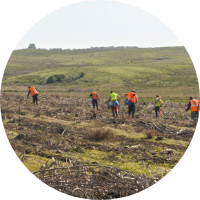
7.6 million tonnes of CO2 to be removed
This large-scale reforestation effort will remove an estimated 7,644,973 tonnes of carbon over 60 years, transforming degraded farmland into carbon-absorbing forests.
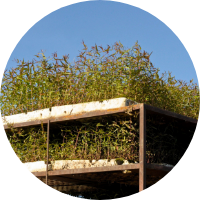
Boosting biodiversity in a low-forest country
With just 8.6% forest cover, Uruguay stands to benefit significantly from reforestation, supporting critical habitats for over 650 native species, including those that are endemic and threatened.
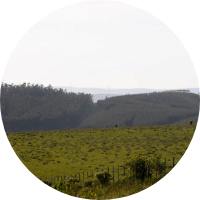
Up to 40x more jobs per hectare
Replacing traditional livestock farming, the project is expected to create up to 40 jobs per 1,000 hectares, helping to tackle rural poverty and stimulate local economic growth.
Reforestation on Degraded Land - is a large scale reforestation project across Uruguay, aiming to sequester 7,644,973 tonnes of carbon from the atmosphere over its initial 60 year project lifespan.
Using previously degraded farmland, carbon sequestration is expected to occur from both above-ground and below-ground biomass, soil organic carbon, litter and dead wood.
As a country with only 8.6% of the land forested, this ambitious project aims to provide a stepping stone to inspire and motivate further reforestation across the region. Separate to carbon removal, Uruguay has 659 known species of amphibians, birds, mammals and reptiles, 2.3% of which are endemic, and 5.6% threatened. It is hoped that the increased forest development via the project will have a significant benefit to the biodiversity and to critical species across the country.
The key secondary benefits of the project are to provide employment, in an economically poor area, dominated by farming practices. Via the project, traditional livestock production was estimated to employ 1.4-4.4 persons every 1,000 ha of land. Via this project, employment is expected to rise to up to 40 persons every 1,000 ha, via the reforestation activities.
Beyond an increased number of direct and indirect jobs, the project is expected to contribute to the development of the region and the country pursuant to the priorities defined by Uruguayan government:
-
promotion of small family businesses,
-
increase in exports,
-
eradication of rural poverty,
-
incorporation of technology,
-
increased nationally added value,
-
development of new productive chains and geographic decentralization of development.
UN Sustainable Development Goals met by this project:

















Explore our projects

Blue Carbon Mangrove Restoration, Pakistan
Blue Carbon Mangrove Restoration in Pakistan’s Indus Delta spans 350,000 ha, removing 142 million tonnes of CO2e for global climate mitigation.
Project status: Active
Learn more about the Blue Carbon Mangrove Restoration project
Elazig Solar Farm,
Turkey
Elazig Solar Farm pioneers high-efficiency solar power in Turkey, reducing reliance on fossil fuels and stabilising energy costs.
Project status: Active
Learn more about the Elazig Solar Farm project
Household Solar Lighting, Zambia
This project provides solar lighting to Zambian families, reducing carbon emissions and enabling safer study, cooking, and socialising at home.
Project status: Active
Learn more about the Household Solar Lighting project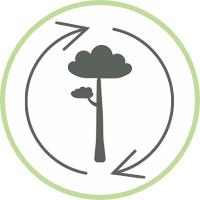
Improved Biodiversity & Mixed Reforestation
This reforestation project restores 2,115 ha of former pastureland, planting over one million trees to boost biodiversity and carbon capture.
Project status: Active
Learn more about the Improved Biodiversity & Mixed Reforestation project
Salkhit Wind Farm, Mongolia
Salkhit Wind Farm is Mongolia’s first grid-connected wind project, supplying renewable energy and advancing expertise for future developments.
Project status: Active
Learn more about the Salkhit Wind Farm project
Wind power in Karnataka, India
This project in Karnataka generates renewable wind power, reducing fossil fuel reliance and supporting India’s Southern Electricity Grid.
Project status: Active
Learn more about the Wind power in Karnataka project
Peatland protection - Rimba Raya
The Rimba Raya Biodiversity Reserve protects carbon-rich peatland from palm oil deforestation, preventing 100 million tonnes of emissions.
Project status: Inactive
Learn more about the Peatland protection in Rimba Raya project
Peatland protection, Keo Seima, Cambodia
The Keo Seima Wildlife Sanctuary in Cambodia protects endangered wildlife and supports local Bunong communities through conservation and sustainable development.
Project status: Inactive
Learn more about the Peatland protection in Keo Seima project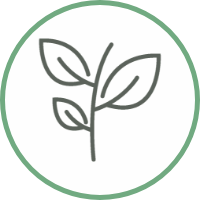
Tropical Forest Protection, Mai Ndombe
The Mai Ndombe project in the DRC reduces forest and biodiversity loss whilst providing community prosperity through vital investments into the local area.
Project status: Inactive
Learn more about the Tropical Forest Protection project